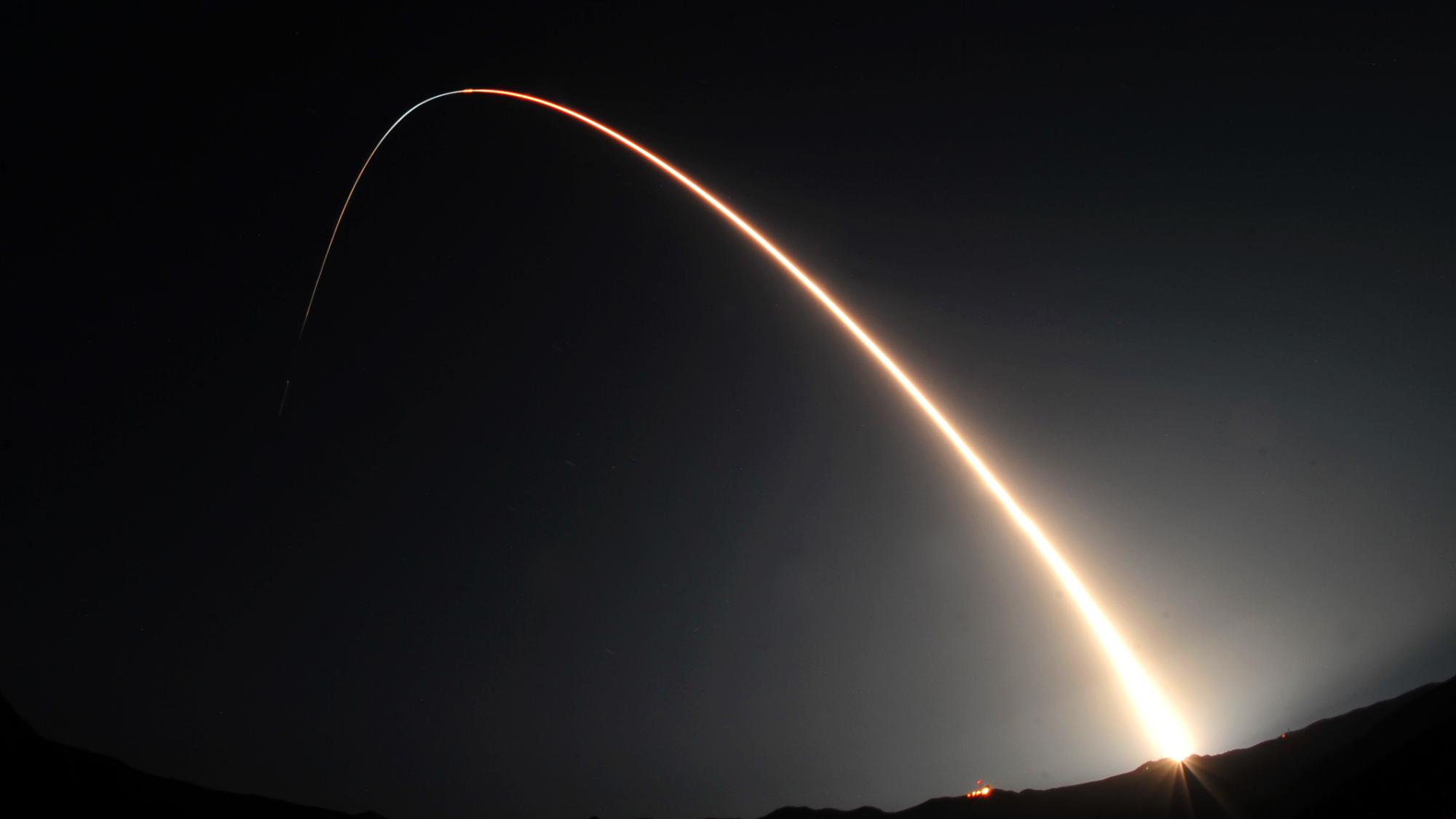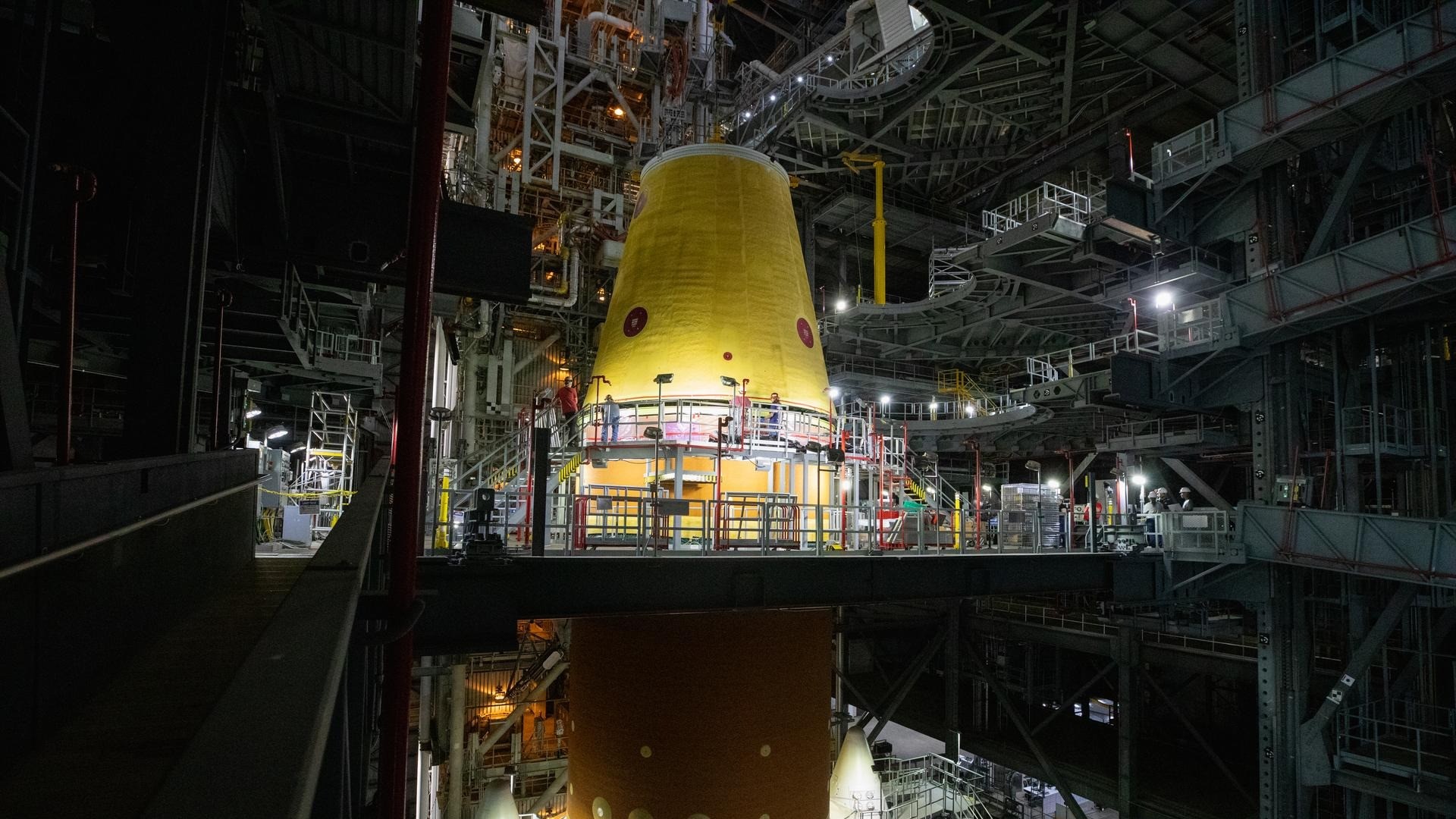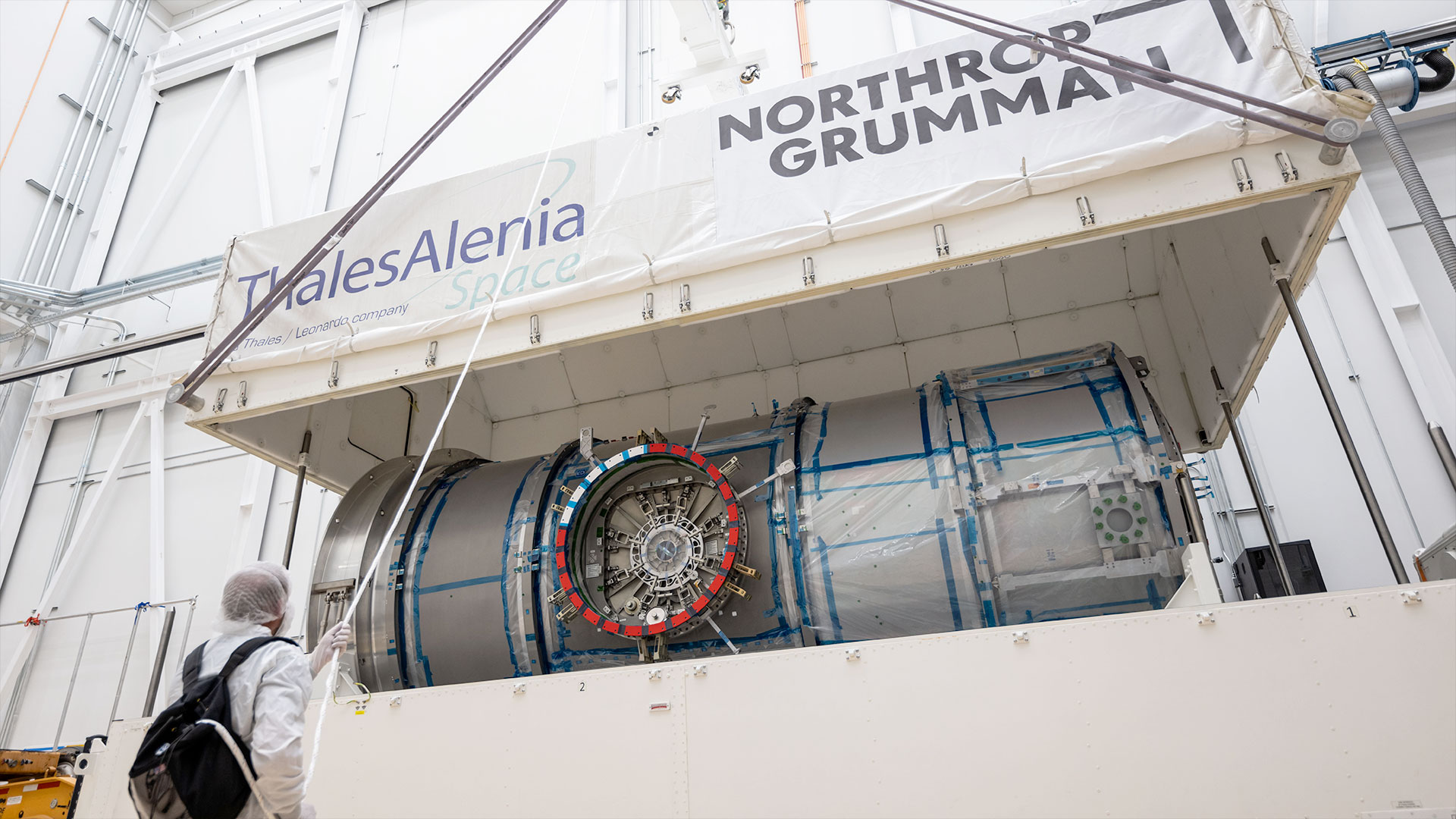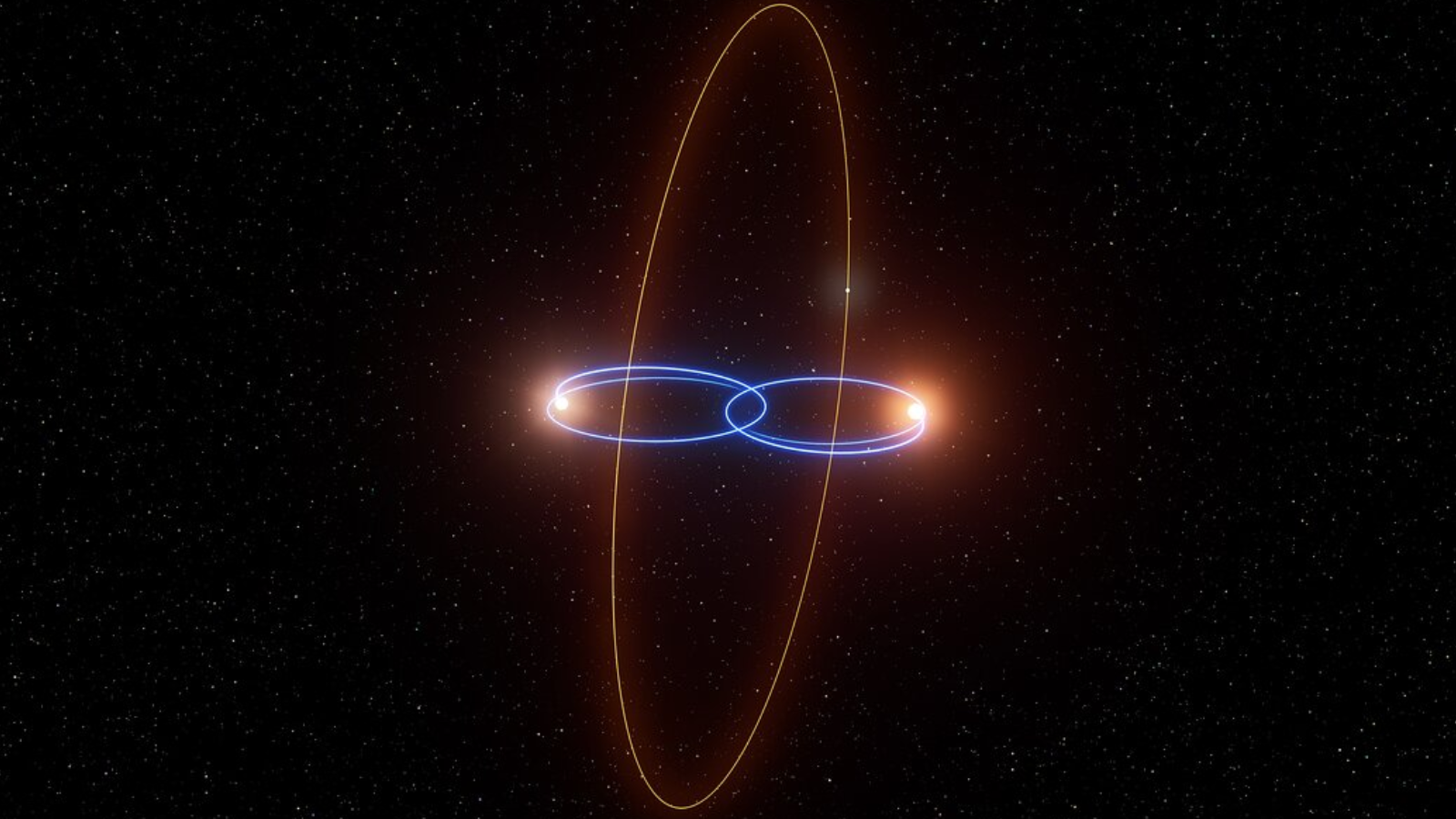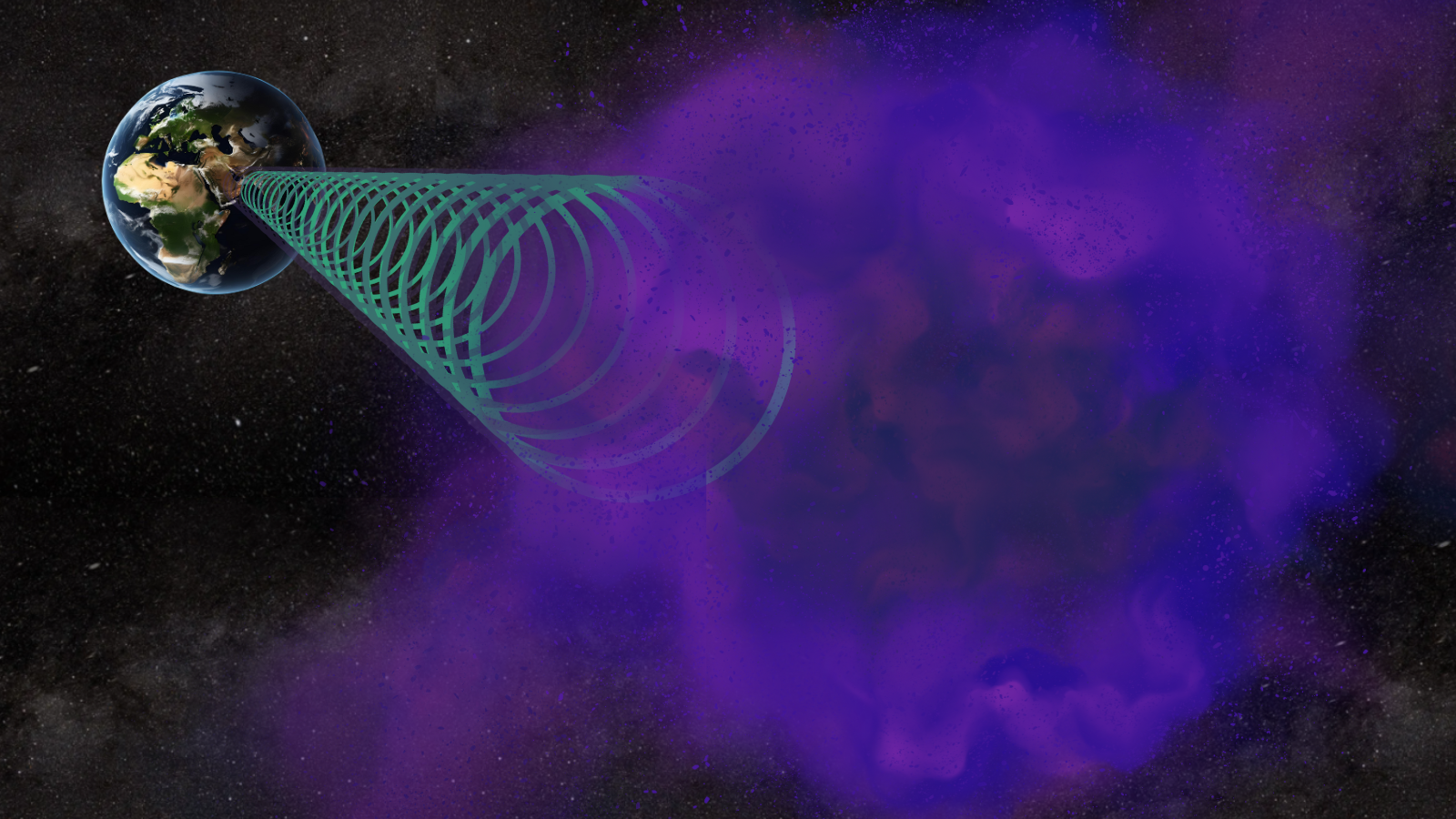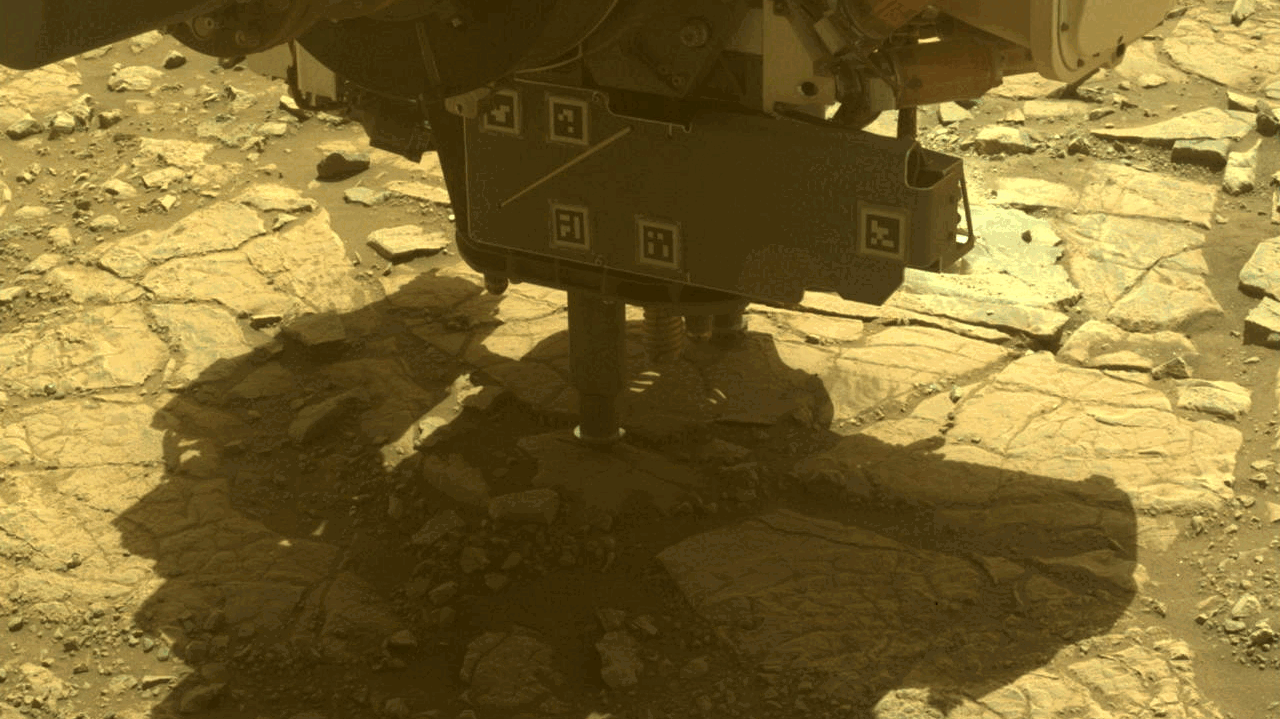Holiday Lights Shine Bright in NASA Satellite Views (Video)
Festive light displays that shine brightly in neighborhoods can be seen all the way from space, and new satellite views are helping NASA scientists learn more about human culture and energy usage around the holidays.
Images from NASA and the National Oceanic and Atmospheric Administration's (NOAA) Suomi National Polar-orbiting Partnership (Suomi NPP) satellite reveal how patterns in nighttime light intensity change during major holiday seasons in certain areas, such as Christmas and New Year's in the United States and the holy month of Ramadan in the Middle East.
The Visible Infrared Imaging Radiometer Suite (VIIRS) instrument on the Suomi NPP satellite can observe the dark side of Earth and measure the glow of lights in cities and towns across the planet at night. NASA researchers developed an algorithm to analyze the VIIRS data, which accounts for factors such as reflected light from the moon, as well as cloud coverage, terrain and aerosols in Earth's atmosphere. This allowed the researchers to isolate city lights and track how they change daily, according to a video from NASA. [Holiday Lights From Space: Images From the Suomi NPP Satellite]
"When we started looking at the data at night over the United States, we were expecting to see a lot of stability in the nighttime lights," Miguel Román, principal NASA scientist for VIIRS, said in a video from NASA. "We were really surprised to see this vibrant increasing activity during the holidays, particularly around areas in the suburbs [where] you have a lot of single-family homes with a lot of yard space to put in lights."

For example, the satellite images show that during the roughly six weeks between Thanksgiving and New Year's, the nighttime light in some large areas was as much as 50 percent brighter than during the rest of the year, the researchers said.
The VIIRS data also showed that the amount of light increased more in rural areas than in cities, according to the video.
"What we're seeing is this shift in location of activity, where people are staying in their homes and they're celebrating, or they are traveling to the rural areas and they're celebrating and they're turning on the lights," Román said in the video. "Whereas in the urban centers, people are turning off the lights because they are going out for the holidays."
Get the Space.com Newsletter
Breaking space news, the latest updates on rocket launches, skywatching events and more!
Shifting changes in holiday lighting patterns were also observed in the Middle East during Ramadan. However, compared to the location shift observed during holiday celebrations in the U.S., the VIIRS data showed that people did not relocate but instead just extended activities into the nighttime during Ramadan, causing the spike in observed nighttime light. The data also revealed how patterns in human behavior differ across Muslim communities in various countries in the Middle East, according to the video.
In addition to the Suomi NPP satellite, data on nighttime light activity is collected by the Moderate Resolution Imaging Spectroradiometer instrument aboard NASA's Terra and Aqua satellites as well as the Joint Polar Satellite System.
These data not only reveal more about cultural differences but also provide insight into energy-use patterns across the globe and the impact of carbon emissions throughout the seasons. With this information, researchers can "better understand the driving forces behind energy use — including how dominant social phenomena, the changing demographics of urban centers and socio-cultural settings — affect energy-use decisions," according to a statement from NASA.
In turn, this data can be used to develop more positive and sustainable solutions for building more efficient and resilient cities, NASA officials said in the statement.
"We know that more than 70 percent of emissions are happening in cities," Román said in the video. "NASA is putting a lot of emphasis on understanding cities and understanding the dynamics of how cities are interacting with the climate and our system as a whole."
Follow Samantha Mathewson @Sam_Ashley13. Follow us @Spacedotcom, Facebook and Google+. Original article on Space.com.
Join our Space Forums to keep talking space on the latest missions, night sky and more! And if you have a news tip, correction or comment, let us know at: community@space.com.

Samantha Mathewson joined Space.com as an intern in the summer of 2016. She received a B.A. in Journalism and Environmental Science at the University of New Haven, in Connecticut. Previously, her work has been published in Nature World News. When not writing or reading about science, Samantha enjoys traveling to new places and taking photos! You can follow her on Twitter @Sam_Ashley13.

